
Industry versus Movement – Redux
Three years ago, I posted a blog in which I wrestled with the question of whether community development is an “industry” or a “movement.” That was the sort of insiders’ […]

Plugging the Leaky Bucket: It’s About Time
“A society grows great when old people plant trees whose shade they know they shall never sit in.” If that Greek proverb is true, what does it say about a society where most of our policies for affordable housing and community development look more like the mono-cropping of field corn than the patient cultivation of […]
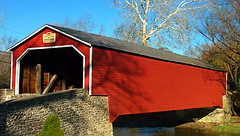
Covered Bridge: A Program That Keeps the Elderly in Their Homes
Nonprofit housers need to think gray in a new way. It has long been predicted that a demographic wave of retirement-age Americans would soon be breaking upon the shores of our communities. It has now arrived. Despite being forewarned, most communities are poorly prepared to meet the housing needs of this cohort. That is especially […]

Mamas, Don’t Let Your Organizers Grow Up To Be Developers
When a community-based developer of affordable housing incorporates community organizing into its programmatic repertoire, there is almost always added value—for the persons housed, for residents of the area served, for […]

You Must Remember This: Uses of the Past in Community Development
“History is bunk,” declared Henry Ford to a newspaper reporter in 1916. “The only history that is worth a tinker’s damn is the history we make today.” Although widely derided […]

The Impossible Takes a Little Longer
Housers catch flak from every side. Public funders wonder when nonprofit organizations that build housing for families too poor to buy or to rent on the open market are ever […]
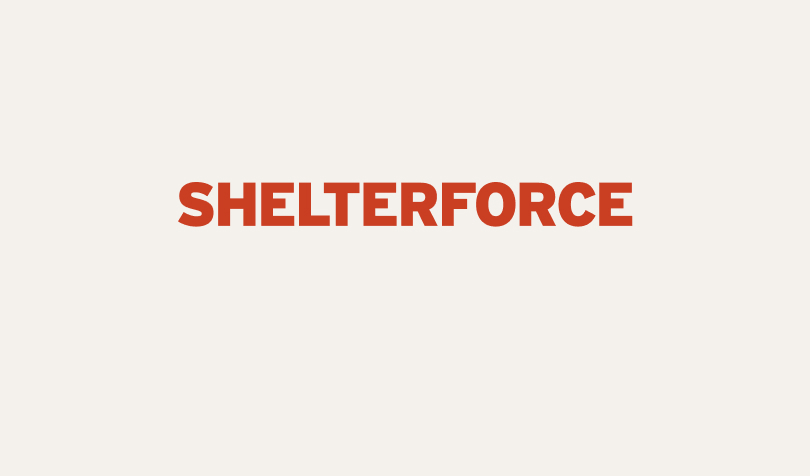
Ground Leasing Without Tears
Editor’s note: There are two major legal mechanisms out there for making a privately owned housing unit permanently affordable: (1) a stewarding organization can keep ownership of the land and […]
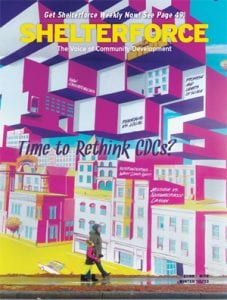
Is Community Development an Industry–or a Movement?
Anyone like me who’s spent more than a few years doing community development is likely to have been force-fed this sticky question more than once, despite its dubious nutritional value. […]

Mobility Still Matters
Security is the holy grail of housing policy. Wherever people are perched on the housing tenure ladder, be they renters or homeowners, they are better off when they are able […]
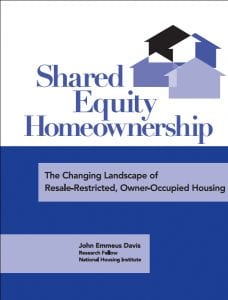
A New Kind of Redlining: Punishing Success
During the worst years of the Great American Mortgage Meltdown, shared equity homes represented an island of stability in a turbulent sea of market failure. Whether community land trusts (CLTs); limited […]
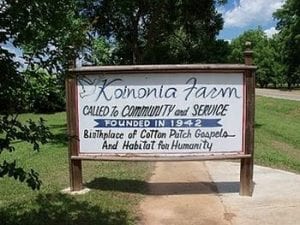
Braided Lives: Habitat–Land Trust Partnerships Bring Each Back to Their Roots
Though they started at the same place around the same time, community land trusts and Habitat for Humanity soon went their separate ways. In recent years, however, inventive practitioners have […]

Precarious Values and Permeable Edges in Community Development
It has been said there are only two lasting bequests we can leave our children. One is roots. The other is wings. This lovely adage applies equally to the rearing […]
